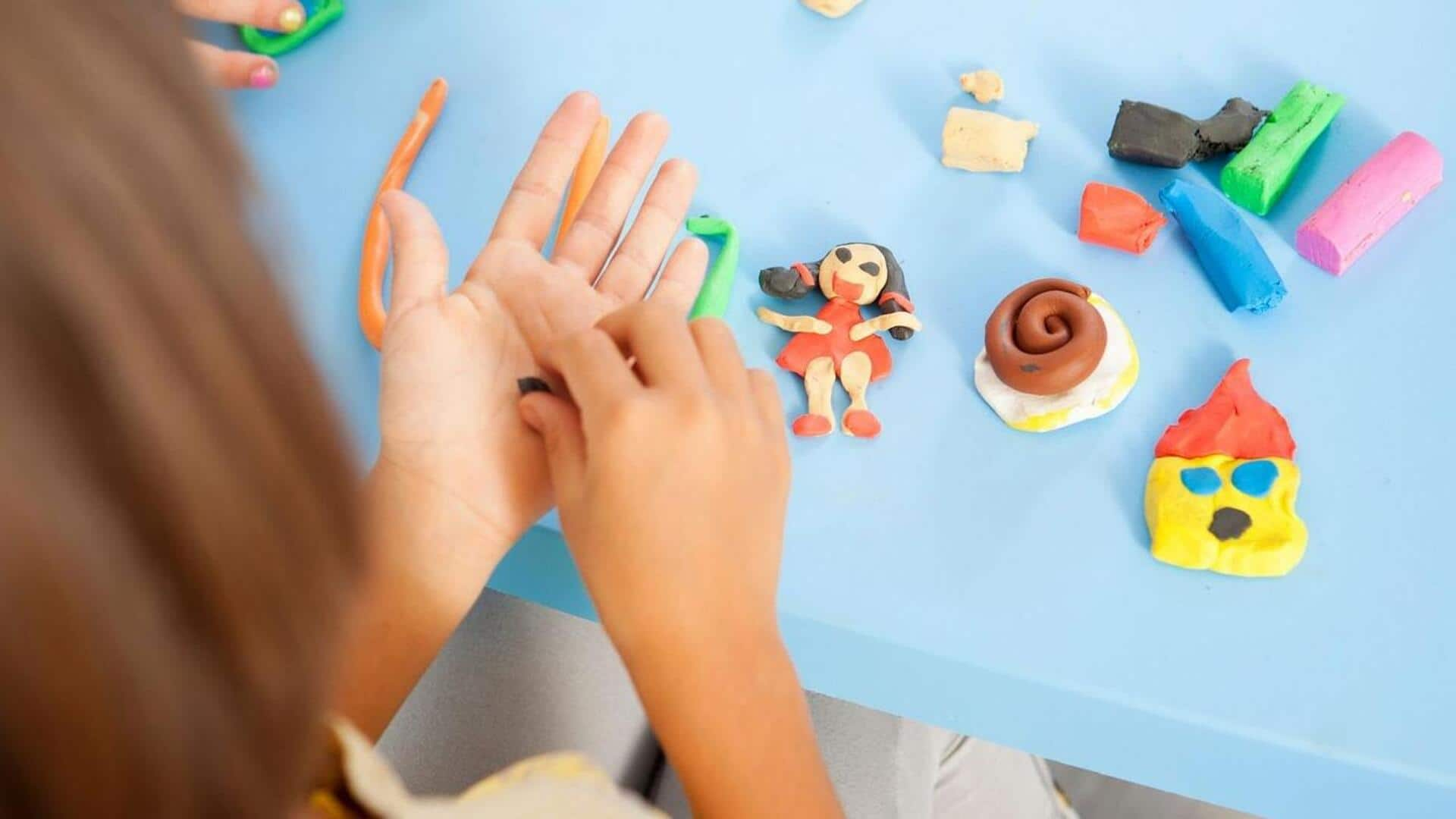
This simple hack can improve your focus
What's the story
Tactile learning activities can do wonders for focus by involving the sense of touch. These activities work especially well for those who learn best through hands-on experiences. By adding a tactile element into learning, one can improve concentration and retention of information. This is not just effective for kids, but also for adults looking to improve their cognitive abilities at work or in personal development pursuits.
Hands-on tools
Use manipulatives in learning
Manipulatives like clay, blocks, beads, etc. can be used to teach concepts of subjects like math and science. As manipulatives help learners manipulate objects physically, it helps them understand abstract ideas more concretely. Manipulating the hands and mind simultaneously can help increase focus and make learning more interactive.
Short intervals
Incorporate sensory breaks
Sensory breaks consist of short intervals where learners participate in tactile activities such as squeezing a stress ball or playing with putty. These breaks help reset attention spans and minimize mental fatigue. Integrating sensory breaks into study sessions or work routines can result in enhanced concentration and productivity.
Touch-enhanced resources
Create textured study materials
Integrating textured materials like sandpaper letters or raised-line paper into study routines can boost engagement considerably. These tactile resources bring a physical element into the learning process, seamlessly connecting touch with knowledge acquisition. This method is particularly useful for memorization tasks in different subjects, helping learners retain information easily by associating it with unique physical sensations.
Creative tasks
Engage in craft-based projects
Craft-based projects such as knitting, origami, or model building promote active participation and sustained focus. These activities require fine motor skills and problem-solving capabilities, helping you concentrate for longer spans. Furthermore, working on such crafts gives you a sense of achievement that motivates further effort, making them perfect for improving focus with tactile engagement.
Virtual experiences
Implement interactive simulations
Interactive simulations provide a digital variant of tactile learning by letting users manipulate virtual objects in a simulated environment. This technique works well for complex subjects like engineering or biology, where real-world experimentation may not be possible. Simulations offer an immersive experience that captures the attention, while enabling deeper understanding via exploration.